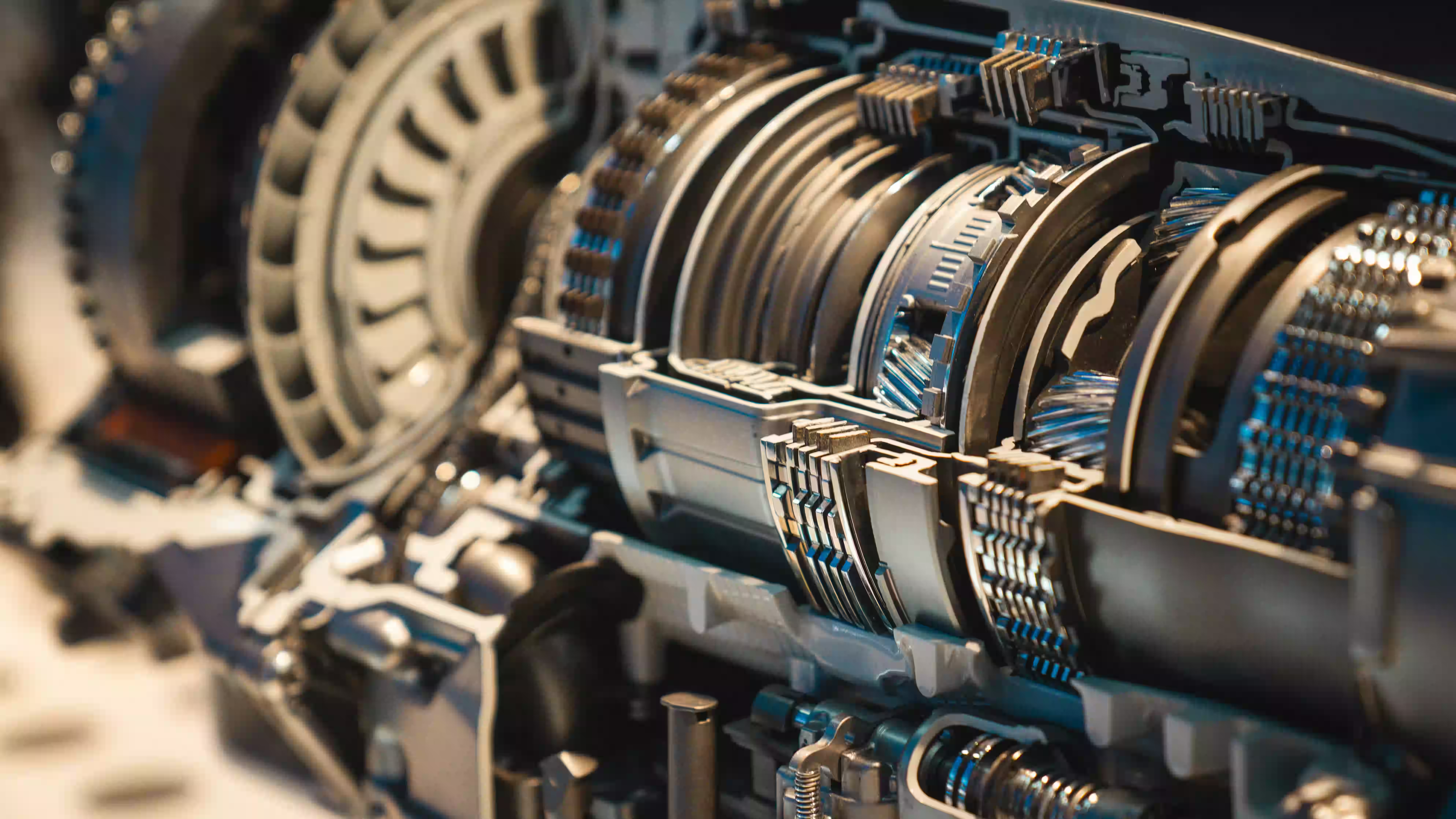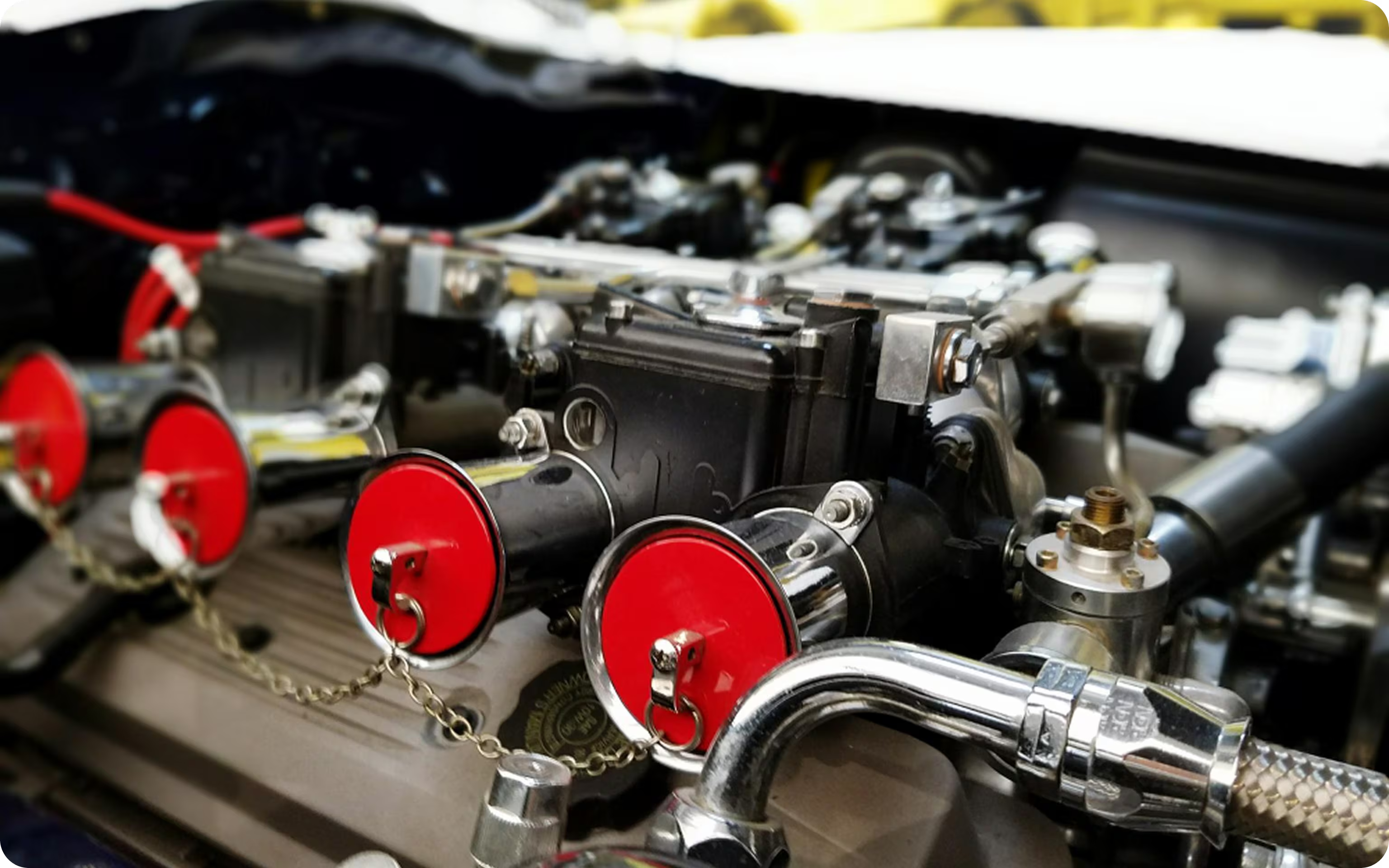
The transmission is your engine’s translator, modulating torque and speed between the powerplant and your wheels under tremendous pressure. Transmission fluid serves as both hydraulic medium and lubricant; degraded fluid loses viscosity, leading to harsh shifts, overheating, and clutch slippage in automatics—or grinding gears in manuals. Ignoring routine fluid checks can cause metal debris to circulate, embedding in seals and gaskets until leaks develop or internal components fail. Given that transmission replacements often cost as much or more than engine rebuilds, preventive care is essential for long‑term reliability.
Most vehicles require the engine to be warmed up to operating temperature—drive for at least ten minutes—before checking fluid level and condition. With the engine idling, remove the transmission dipstick (if equipped), wipe it clean, reinsert, and then read the level; it should sit between the “Hot” marks. Observe color: rich red indicates healthy fluid, while dark brown or black suggests oxidation and contamination. Smell it as well—any burnt or acrid odor is a red flag that fluid has overheated and lost its protective properties, signaling the need for an immediate change.

Factory recommendations vary—some call for fluid changes every 30,000 miles, others tout “lifetime” fills but still stress periodic inspections. A transmission flush replaces up to 90% of old fluid by circulating cleaning solvent through the entire system, but can dislodge deposits that may clog passages if seals are brittle. A simple drain‑and‑fill swaps only what’s in the pan—about 40–50%—leaving residual fluid but avoiding sudden shifts in hydraulic pressure. Evaluate your driving conditions: severe duty (towing, stop‑and‑go traffic, mountainous terrain) justifies more frequent servicing and perhaps a flush under professional supervision.
Changing transmission fluid at home demands safe vehicle support (jack stands or a lift), correct fluid type, and a clean container for disposal—and a keen eye to avoid overfilling, which can cause foaming and erratic shifting. Professional shops use dedicated machines that precisely meter new fluid while extracting old through the cooler lines, ensuring nearly complete turnover without overfill. They’ll also scan for fault codes, check cooling lines, and inspect mounts, delivering a comprehensive service that goes beyond a simple fluid swap—often well worth the additional cost for peace of mind.